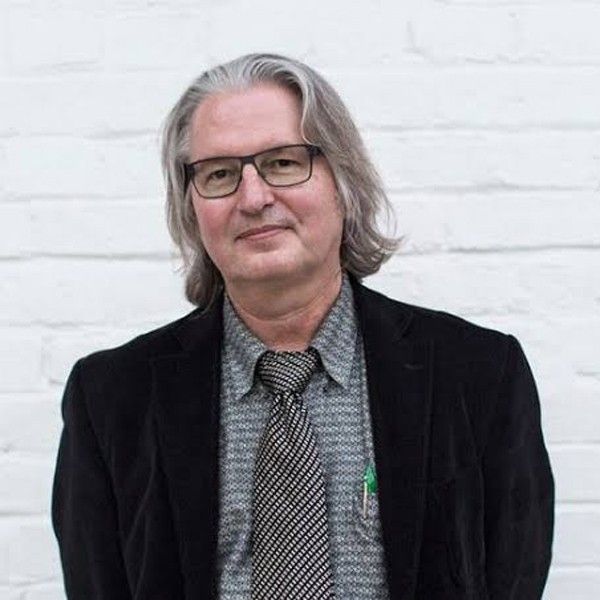Sculpture in+on+at Architecture
Sculpture in+on+at Architecture
engage with three-dimensional forms and spaces, their core functions and approaches differ significantly:
Sculpture, is primarily concerned with artistic expression and visual impact, serving as a medium for artists to explore form, material, and thematic content without the necessity of functional utility beyond aesthetic or symbolic value.
Architecture, on the other hand, integrates the practical demands of living, working, and structural safety into its design, aiming to create spaces that are both usable and harmonious with their surrounding environment and societal needs.
Furthermore, these disciplines can complement and influence each other, with architecture providing the canvas and context for sculptural elements, and sculpture adding nuanced detail and deepened aesthetic experience to architectural spaces. They enhance the human experience of spaces through a blend of form, function, and artistry.
Sculpture has long been used in architecture to enhance both the aesthetic and symbolic aspects of buildings. This integration can be seen from ancient monuments to modern public structures. Here are a few ways in which sculpture is used in or on architecture:
1. Decorative Elements: Sculpture often serves as a decorative element on facades, cornices, columns, and capitals. These sculptures can range from abstract forms to highly detailed figures and ornaments, and are integral in defining the style and character of a building.
2. Symbolic Representation: Sculptures incorporated in architecture can also provide deep symbolic meanings. For instance, many government buildings have sculptures that embody justice, liberty, or other national values. Religious buildings might feature figures of saints, deities, or mythological scenes that convey theological principles or stories.
3. Light and Projection: The use of LED technology and projected light has allowed for dynamic sculptures that can change in appearance, creating vivid displays that transform the facade or interior of buildings at night. LED-equipped sculptures can be programmed to display different patterns or colors, syncing with events or seasons.
4. Virtual and Augmented Reality: Sculptures in architecture can now also be an entry point into virtual or augmented realities. With the help of a smartphone app, viewers can experience an additional digital layer of information or visual enhancement linked to the physical sculpture, enriching the educational and aesthetic experience.
5. Sustainability and Smart Integration: In the context of environmentally conscious design, digital tools help create sculptures that not only add aesthetic value but also contribute to the building’s sustainability. For example, solar-powered sculptures, or those that incorporate small wind turbines, can generate energy while adding artistic value. Sculptures can be designed to improve building aerodynamics or incorporate green walls that contribute to the building's insulation.
6. Cultural Expression and Symbolism: In the digital world, global cultural exchange is more accessible, and this reflects in architectural sculptures that blend styles, narratives, and techniques from different cultures. This global influence can help create more inclusive and resonant public spaces.
The Digital Age has, therefore, expanded the scope and function of sculpture in architecture, making it not only a form of decoration but a dynamic component of building design that interacts with its environment and its observers in multifaceted ways.
Here are some additional ways in which sculpture can be integrated into architecture:
Sculpture can be integrated in, on, or at architecture in various ways to enhance the overall design and aesthetic of a building.
In Architecture: Sculptures can be placed inside buildings, such as in the interior spaces, lobbies, or courtyards. They can serve as focal points or decorative elements that complement the architectural style of the building.
On Architecture: Sculptures can be installed on the exterior of buildings, such as on facades, walls, or rooftops. These sculptures can add visual interest, create a sense of identity, or convey a specific message related to the building's purpose or history.
At Architecture: Sculptures can be placed around architectural structures, such as in plazas, gardens, or public spaces adjacent to buildings. These sculptures can interact with the surrounding environment, engage viewers, and contribute to the overall ambiance of the architectural setting.
Overall, integrating sculpture in, on, or at architecture can create a harmonious relationship between art and design, enriching the built environment and providing a unique sensory experience for those who interact with the space.
Functional Sculptures: Some sculptures can also serve a functional purpose in architecture, such as seating elements, lighting fixtures, or water features. These functional sculptures not only add aesthetic value but also enhance the usability and practicality of the architectural space.
Interactive Sculptures: Interactive sculptures invite viewers to engage with them physically or conceptually, creating a dynamic and participatory experience within the architectural environment. These sculptures can stimulate curiosity, encourage exploration, and foster a deeper connection between people and their surroundings.
Temporary Installations: Temporary sculptures and installations can be featured in architectural spaces for a limited period of time, adding a sense of novelty and creativity to the built environment. These temporary interventions can provoke thought, spark conversations, and inspire new perspectives on the relationship between art and architecture.
Site-Specific Art: Site-specific sculptures are designed to respond to the unique characteristics of a particular architectural setting, such as the scale, materials, history, or cultural context of the site. By considering these specific elements, site-specific art can create a seamless integration with the architecture, enhancing the overall sense of place and identity.
By exploring these diverse approaches to integrating sculpture into architecture, designers and artists can collaborate to create immersive and engaging environments that blur the boundaries between art and the built environment.



